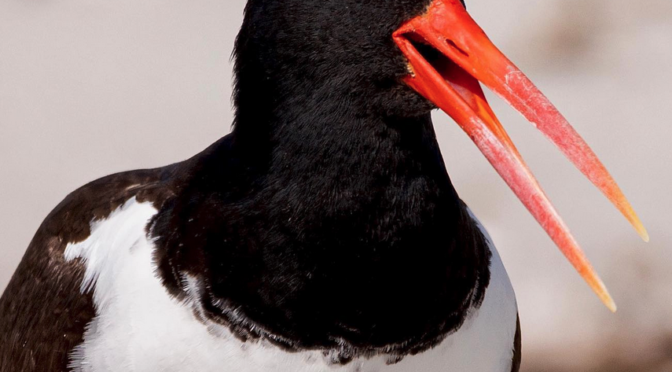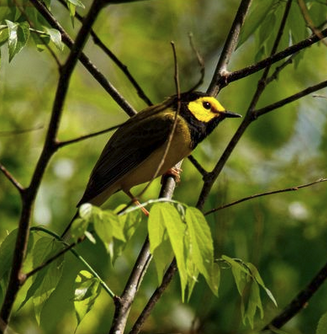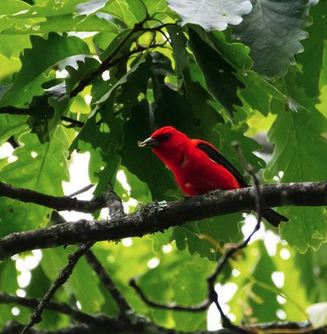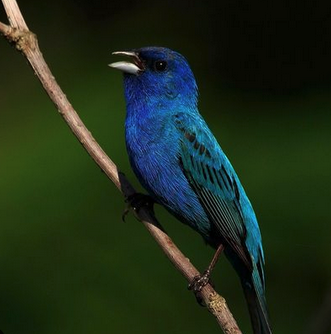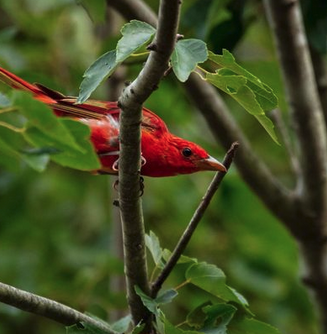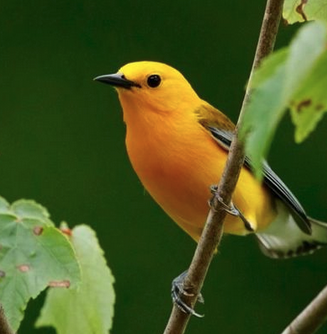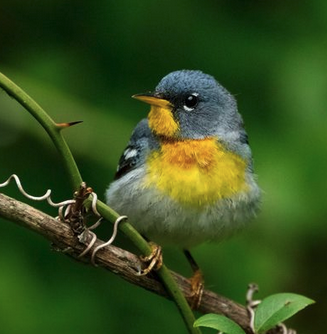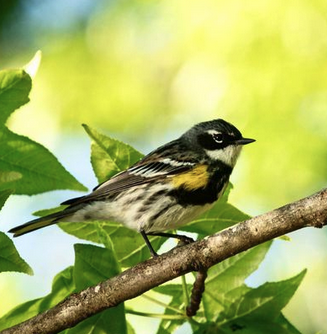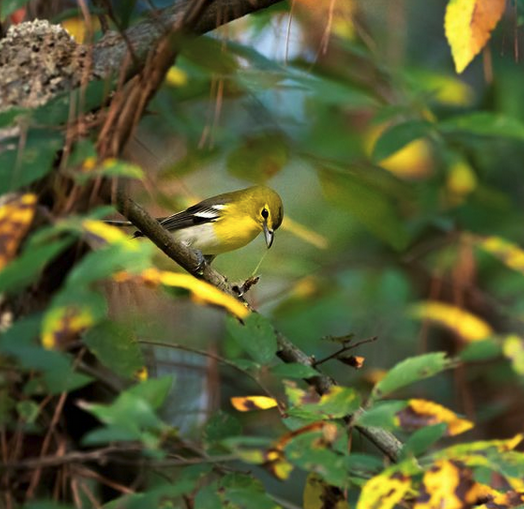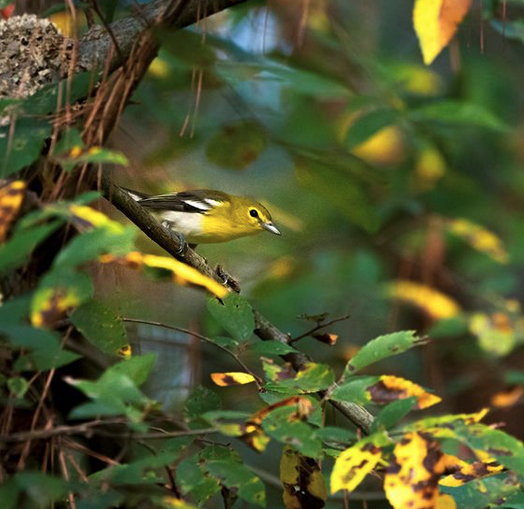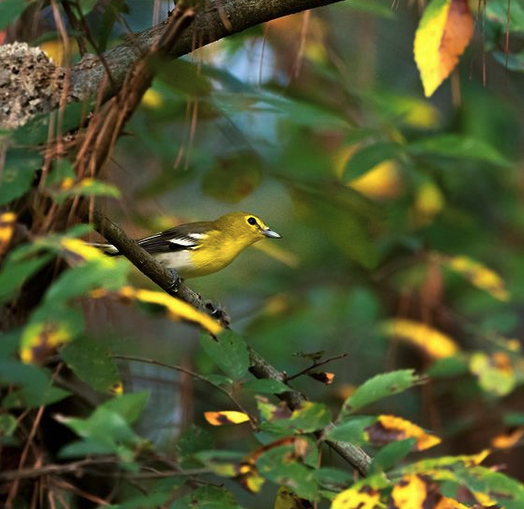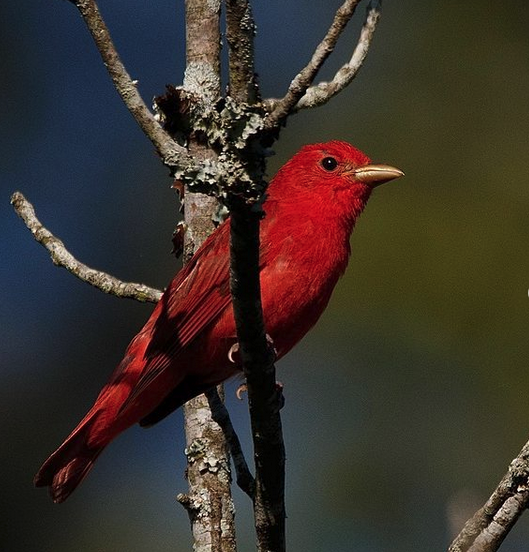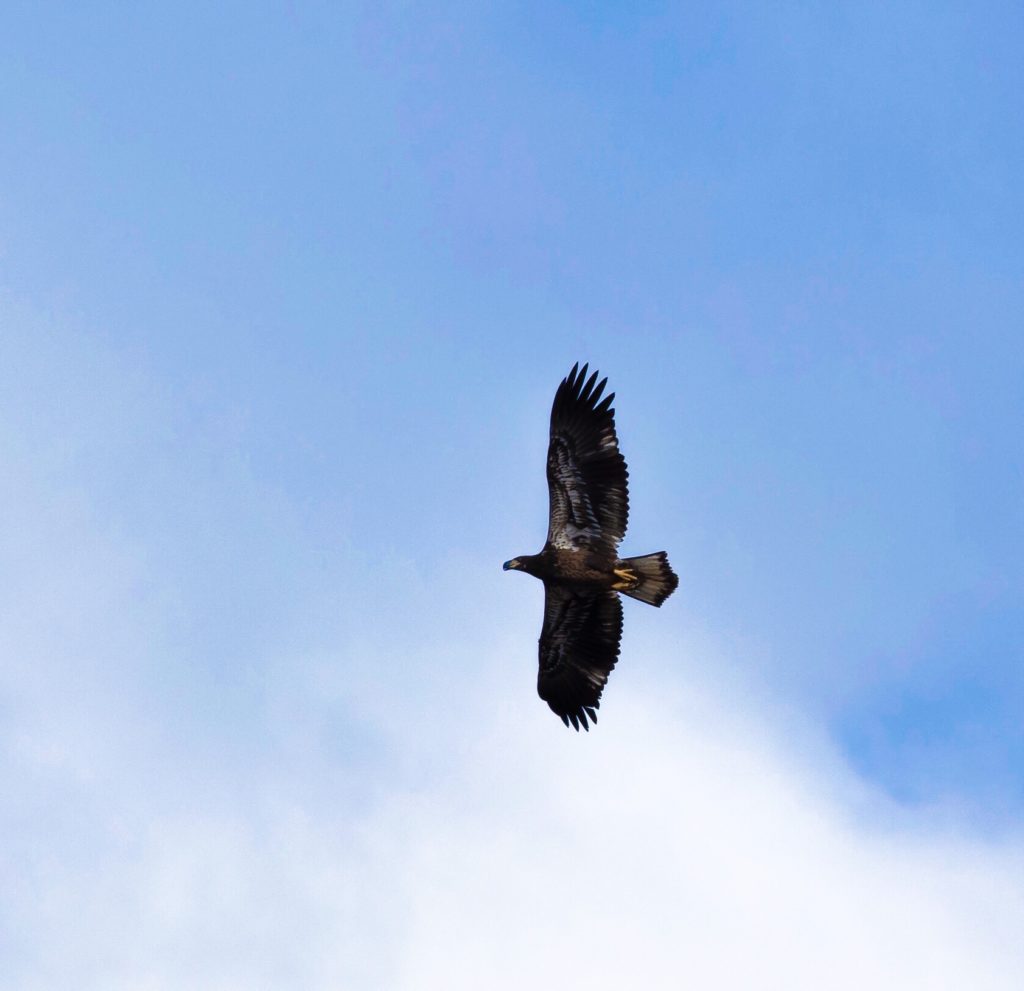It was so cool to spend a little time with an American Oystercatcher yesterday at Wrightsville Beach, NC.
These are gorgeous birds, always interesting to watch as they roam the beach in search of a snack.
They’re voracious eaters of mollusks, crustaceans, worms and other marine invertebrates which inhabit the intertidal areas of the Carolina coastline.

American Oystercatchers are a year round resident of southeastern NC.Each spring, they lay their eggs in shallow depressions in the sand among large nesting colonies of Terns, Skimmers and Plovers.


Unlike other shorebirds who hunt for fish above the water and dig for shellfish and marine worms on the sandy shoreline, Oystercatchers prefer to look for it’s namesake snack in exposed sand bars and mudflats during low tides. They’ll also forage on rocks, such as those found at jetties and around bridge pilings. Aren’t they beautiful?
Photo by @sally_siko of @bestlife_birding both captured on my mighty mirrorless monster, the @canonusa #R5

